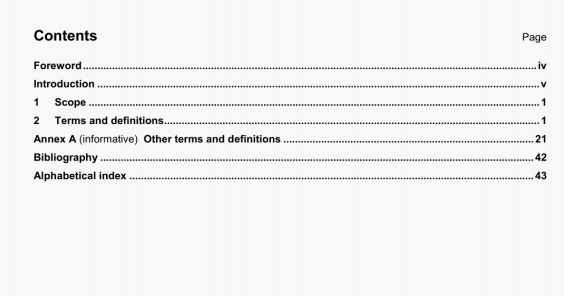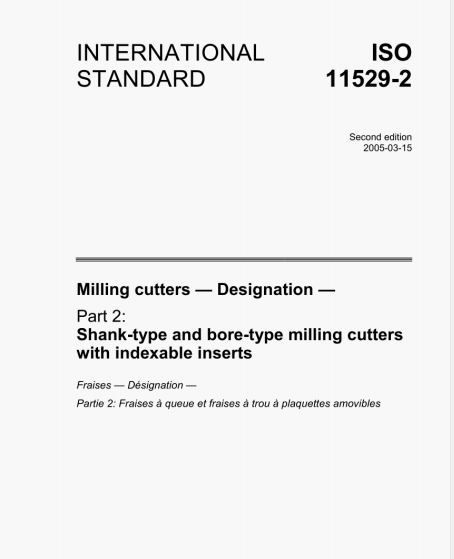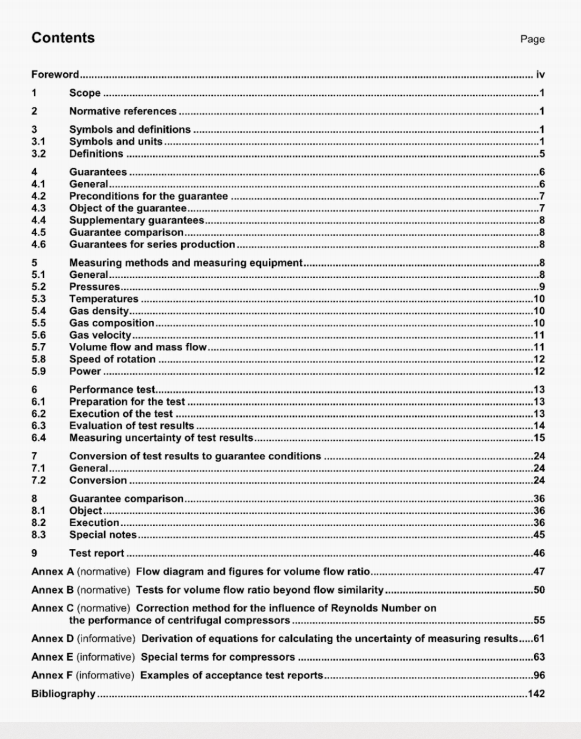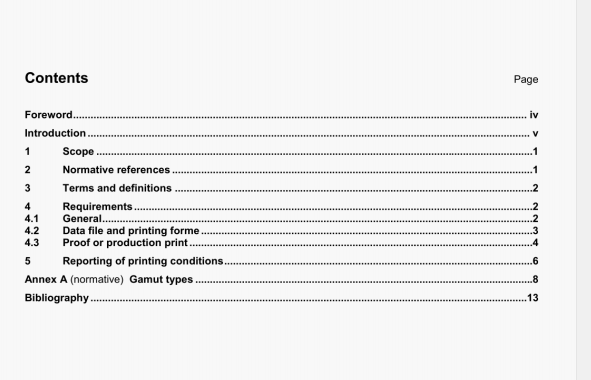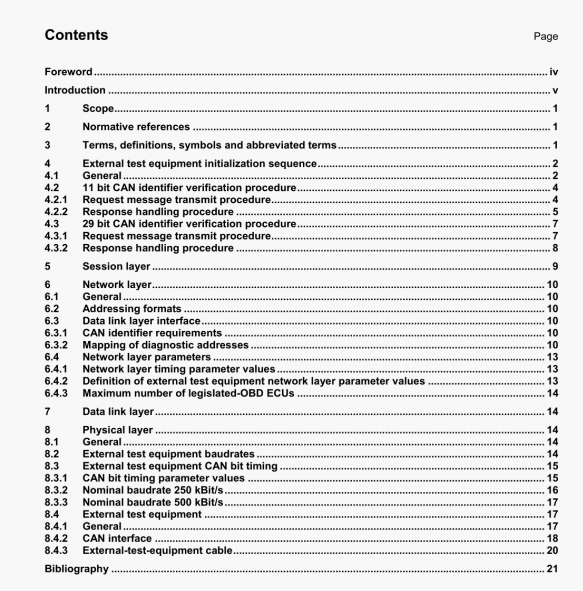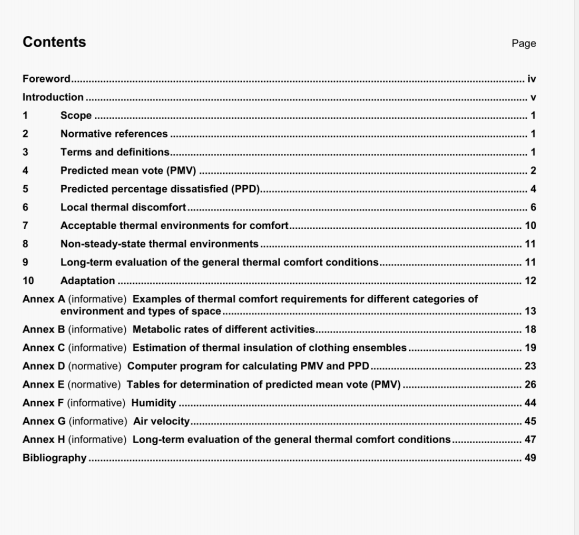ISO 18629-11:2005 pdf download.lndustrial automation systems and integration - Process specification language — Part 11:PSL core.
3.1.16
model
combination of a set of elements and a truth assignment that satisfies all well-formed formulae in a theoty
NOTE I The word “model” is used, in logic, in a way that differs from the way it is used in most scientific and everyday contexts: if a sentence is true in a certain interpretation, it is possible to say that the interpretation is a model of the sentence. The kind of semantics presented here is often called model-theoretical scmantics.
NOTE 2 A model is typically represented as a set with some additional structure (partial ordering, lattice, or vector space). Thc model then defines meanings for the terminology and a notion of truth for sentences of the language in terms of this model. Given a model, the underlying set of axioms of the mathematical structures used in the set of axioms then becomes available as a basis for reasoning about the concepts intended by the terms of the language and their logical relationships, so that the set of models constitutes the formal semantics of the ontology.
[ISO 18629-l]
3.1.17
ontology
a lexicon of specialised terminology along with some specification of the meaning of terms in the lexicon
NOTE I: structured set of related terms given with a specification of the meaning of the terms in a formal language. The specification of meaning explains why and how the ienns are related and conditions how the set is partitioned and structured.
NOTE 2: The primary component of a process specification language such as ISO 18629 is an ontology The primitive concepts is the ontology according to ISO 18629 are adequate for describing basic manufacturing. engineering, and business processes.
NOTE 3: The focus of an ontology is not only on terms, but also on their meaning. An arbitrary set of tenns is included in t he ontology. but these terms can only be shared if there is an agreement about their meaning. It is the intended semantics of the terms that is being shared, not simply the terms.
NOTE 4: Any term used without an explicit definition is a possible source of ambiguity and confusion. The challenge for an ontology is that a framework is needed for making explicit the meaning of the terms within it. For the ISO 18629 ontology, it is necessary to provide a rigorous mathematical characterisation of process information as well as a precise expression of the basic logical properties of that information in the ISO 18629 language.
model
combination of a set of elements and a truth assignment that satisfies all well-formed formulae in a theoty
NOTE I The word “model” is used, in logic, in a way that differs from the way it is used in most scientific and everyday contexts: if a sentence is true in a certain interpretation, it is possible to say that the interpretation is a model of the sentence. The kind of semantics presented here is often called model-theoretical scmantics.
NOTE 2 A model is typically represented as a set with some additional structure (partial ordering, lattice, or vector space). Thc model then defines meanings for the terminology and a notion of truth for sentences of the language in terms of this model. Given a model, the underlying set of axioms of the mathematical structures used in the set of axioms then becomes available as a basis for reasoning about the concepts intended by the terms of the language and their logical relationships, so that the set of models constitutes the formal semantics of the ontology.
[ISO 18629-l]
3.1.17
ontology
a lexicon of specialised terminology along with some specification of the meaning of terms in the lexicon
NOTE I: structured set of related terms given with a specification of the meaning of the terms in a formal language. The specification of meaning explains why and how the ienns are related and conditions how the set is partitioned and structured.
NOTE 2: The primary component of a process specification language such as ISO 18629 is an ontology The primitive concepts is the ontology according to ISO 18629 are adequate for describing basic manufacturing. engineering, and business processes.
NOTE 3: The focus of an ontology is not only on terms, but also on their meaning. An arbitrary set of tenns is included in t he ontology. but these terms can only be shared if there is an agreement about their meaning. It is the intended semantics of the terms that is being shared, not simply the terms.
NOTE 4: Any term used without an explicit definition is a possible source of ambiguity and confusion. The challenge for an ontology is that a framework is needed for making explicit the meaning of the terms within it. For the ISO 18629 ontology, it is necessary to provide a rigorous mathematical characterisation of process information as well as a precise expression of the basic logical properties of that information in the ISO 18629 language.
